Winter greenhouse gardening in the SF Bay Area
noahj
13 years ago
Featured Answer
Comments (24)
calistoga_al ca 15 usda 9
13 years agowcgypsy
13 years agoRelated Professionals
Lakeland Landscape Contractors · Wakefield Landscape Contractors · Euclid Landscape Contractors · Flagstaff Landscape Contractors · Monterey Landscape Contractors · Santa Ana Landscape Contractors · Sun City Center Landscape Contractors · Tyngsboro Landscape Contractors · Jacksonville Window Contractors · West Chester Window Contractors · Atlantic Beach Window Contractors · Edmonds Window Contractors · Estero Window Contractors · Glen Burnie Window Contractors · Manville Window ContractorsDick_Sonia
13 years agocalistoga_al ca 15 usda 9
13 years agonoahj
13 years agoAxel
13 years agonoahj
13 years agorosecats
13 years agodgbeig
13 years agobluebirdie
13 years agonoahj
12 years agohomey_bird
12 years agonoahj
12 years agonapapen
12 years agonoahj
12 years agonoahj
12 years agohomey_bird
12 years agonoahj
11 years agojakkom
11 years agoNirupam Singh
4 years agonanelle_gw (usda 9/Sunset 14)
4 years agoaleksandrav
3 years agonanelle_gw (usda 9/Sunset 14)
3 years agolast modified: 3 years ago
Related Stories
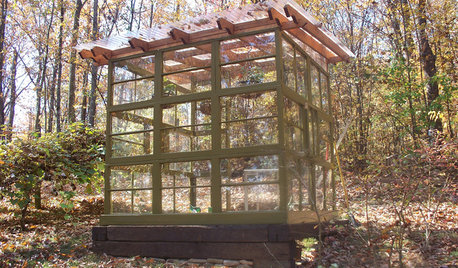
GARDENING AND LANDSCAPINGSee a Family Greenhouse Grown From Scraps
Can-do resourcefulness and less than $400 lead to a new 8- by 8-foot home for plants on a Tennessee family's property
Full Story
MOST POPULARHouzz Call: Show Us Your Winter View!
Share pictures of your home and garden in winter — whatever your climate, architecture and plantings
Full Story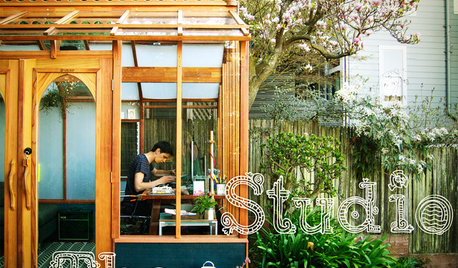
OUTBUILDINGSStudio Solution: A Kit Greenhouse Becomes a Creative Private Office
See how an inventive work-from-home designer made an office from a greenhouse, for some inspired thinking in the backyard
Full Story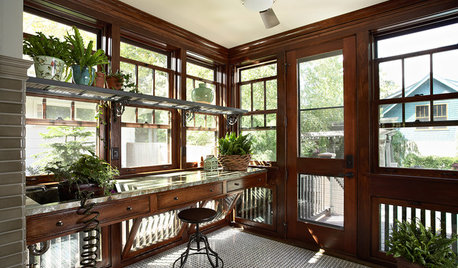
WINTER GARDENINGWinter Gardening: Ideas for a Dream Potting Room
Check out potting rooms that get indoor gardening right — and learn tips for creating your own
Full Story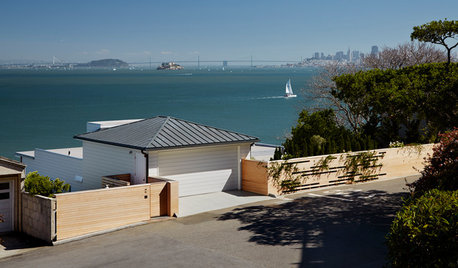
INSPIRING GARDENSAn Award-Winning Landscape Embraces Bay Views
Once overgrown and lackluster, these California garden areas now thoughtfully enhance the incredible view
Full Story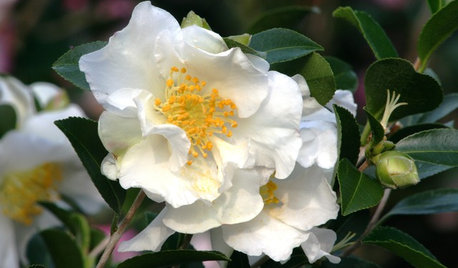
WINTER GARDENING6 Flowers for Gorgeous Winter Garden Color
Blooming beauties can be yours from January through March — just take your pick from these bulbs, shrubs and even a tree
Full Story
HOUSEPLANTSIndoor Winter Gardens for Cheerier Days
Bring plants inside for drab-days mood boosting — not to mention cleaner indoor air and protection for your greenery
Full Story
GARDENING GUIDESGreat Design Plant: Kumquats for a Juiced-Up Winter
Grow it for the edible fruit or its good looks alone. This citrus cousin will brighten any gray winter day
Full Story
WINTER GARDENINGExtend Your Growing Season With a Cold Frame in the Garden
If the sun's shining, it might be time to sow seeds under glass to transplant or harvest
Full Story
LIFEHard Winter? 9 Ways to Battle Cabin Fever
We know a lot of you are trapped where it just won’t stop snowing. Here are some ways to survive
Full StoryMore Discussions







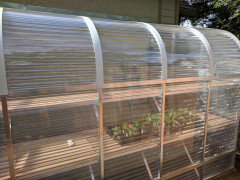
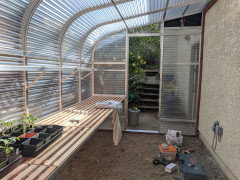
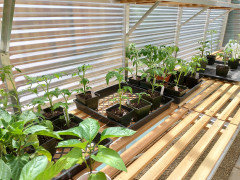
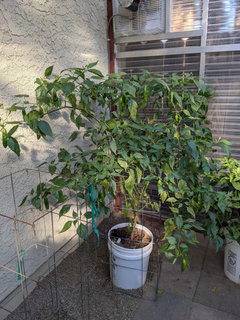
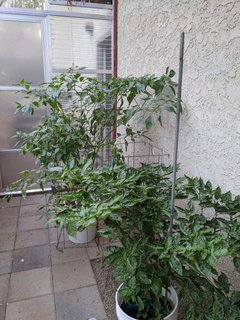

noahjOriginal Author